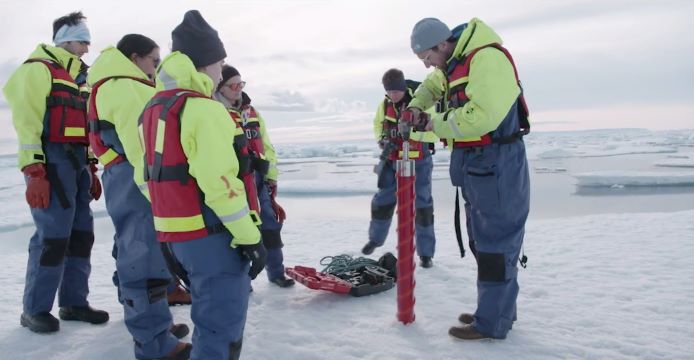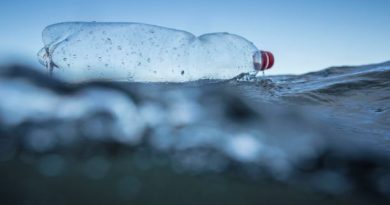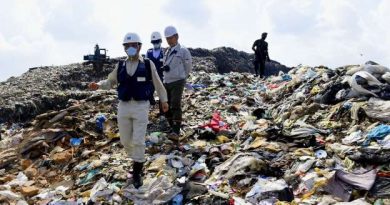Microplastics Found in Ice Samples From Arctic’s Northwest Passage
 Microplastics found in the ice samples from Arctic Region
Microplastics found in the ice samples from Arctic Region
First in the fishes, then in the human gut and now in the untouched ice of the arctic region — microplastics have made their way into the last pristine corner of the world.
This was the worrying find of a study conducted by the University of Rhode Island Graduate School of Oceanography. During their 18-day expedition abroad the Swedish ice breaker Oden, a team of researchers have made the discovery of microplastics in the Arctic Ocean.
The team, traveling as part of the National Science Foundation-funded Northwest Passage Project (NPP) to investigate the Canadian Arctic Archipelago, discovered a variety of plastics in the sea ice cores collected from floes in the Passage.
A group of 25 post-secondary students from the U.S. and Canada were collecting water, ice and air samples as part of the NPP to better understand the impact of climate change on the Arctic environment and biological diversity in the Passage. Over the next few months, the scientists will be analyzing the ice samples and the data they collected at sea.
According to Brice Loose, URI associate professor of oceanography and the expedition’s chief scientist, the team found a disturbing amount of plastic – different types, sizes and colors – in ice cores collected along the ship’s route.
“At the micro-scale, where we used to just see plankton and zooplankton, we found quite a bit of plastic in the sea ice,” said Loose.
Sea ice, says Loose, acts as a concentrator of everything that is in the water, as a result of the continual flushing of seawater through the ice, even after its formation. Through this process, the ice tends to build up and concentrate nutrients, algae and – as researchers are discovering – microplastics.
“We thought we would need quite a bit of ice to find the plastics. So we started with an entire core of ice in order to concentrate it down to see how much plastic it contained,” Loose said. “As it turned out, there was so much plastic that you could look at it with your naked eye and see all of the beads, fibres and filaments just sitting there in the bottom of the containers.”
Since 2014, it’s been known that plastic has been appearing in sea ice in the Central Arctic, Beaufort Gyre and the Eurasian Basin. However, this is the first time the presence of plastics has been discovered in ice – both multi-year and first-year ice – from the Northwest Passage.
The discovery highlights one of the most disturbing facts that the plastics due to its non-biodegradable nature has been slowly reaching the deepest and farthest reaches of the earth in the form of microplastics. While in the mainland, accumulated plastic has created a barrier for water, compost, and nutrient permeation into the lower substrate of soil affecting its fertility, moisture and water levels underground. The areas far away from human eye too are seeing the unprecedented rise in the concentration and accumulation of plastic pieces which are choking whales, sea fishes, birds and killing the flora and fauna in the process.
The problem is exacerbated as the ice at both poles are melting and even if we somehow reverse the damage, the new ice formation will be polluted by the plastic that has been floating in various garbage gyres or patches in the world.



